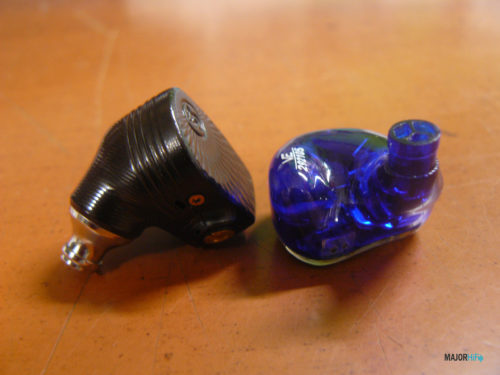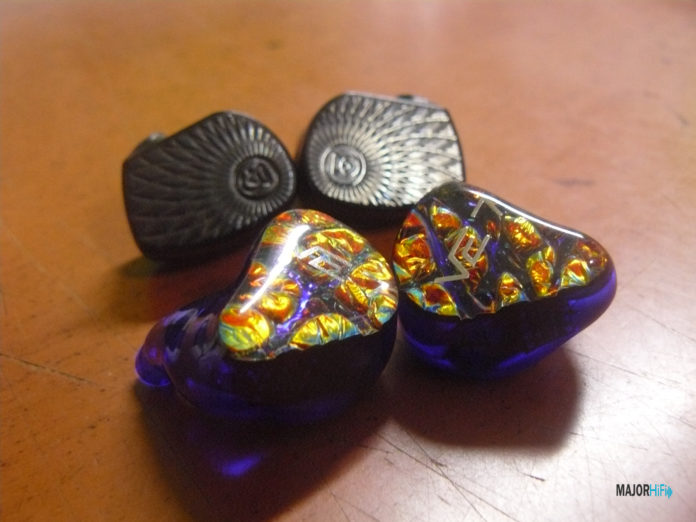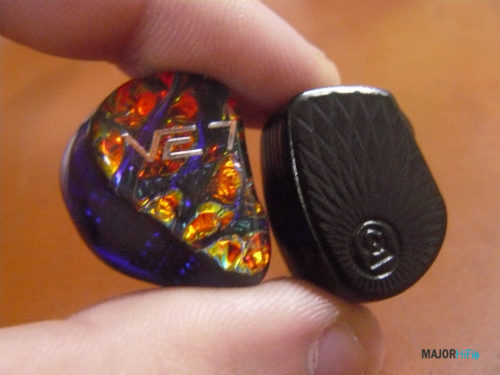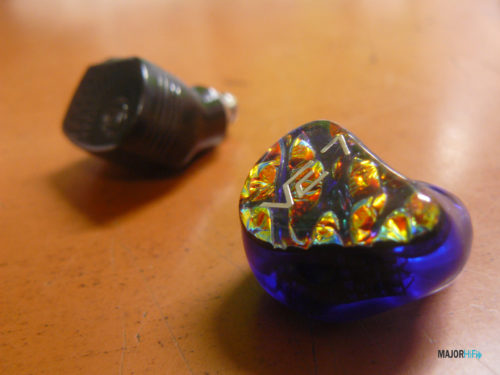When you venture into the price range of anything above $1,200, things can start to get tricky. Choosing an IEM in this bracket can be quite stressful considering the wealth of quality several selections here can produce. Hopefully, we’ll be able to narrow down the options by examining what these IEMs are, how they sound, and what makes them stack up to each other. Everyone’s got their sound, so which one suits you better? In this range, it’s going to be hard to choose one over the other, so this comparison will mostly analyze what these earphones bring to the table so that you the reader might be able to determine which sound signature sounds right to you.
In this comparison, we will be looking at an old favorite and comparing it to a more recent release. We recently looked at the Vision Ears VE7 here on MajorHiFi, and I wondered how it would sound compared to an item like the Campfire Audio Solaris 2020. You can find both fluctuating in similar price ranges, so I thought this would be an appropriate time to examine both to see which signature might work best for you.
What You Get
Campfire Audio Solaris
- Campfire Audio superior canvas zipper case
- SUPER SMOKY LITZ
- Earphone Tips
- Cleaning Tool
- Campfire Audio Pin
- Campfire Audio Earphone Bag
Vision Ears VE7
- VE7 IEMs
- Hard Metal Case
- Spin Fit Ear tips
- Braided Cable with 0.78mm Connectors and 3.5mm Termination
- 3.5mm to 1/4” Adapter
- Cleaning Brush
- Cleaning Cloth
- Vision Ears in Ear Cleaner Solution
- Dry Caps
Look and Feel
It might feel superfluous to compare how aesthetically pleasing both these IEMs are in their artistry, but no one wants to be wearing an ugly pair of earphones right? Thankfully, this isn’t something either pair of earphones need to worry about. Both the VE7 and Solaris 2020 feature excellent craftsmanship, with unique designs like the Solaris’ limited edition black flower face. The standard model presents a sleek canvas for a variety of potential designs, much like the VE7’s various custom iterations. For the VE7, I appreciated the more colorful presentation with its striking faceplate and clear molded body. Like the VE7, the Solaris also offers custom pieces.
In my opinion, this helps a lot, considering its standard housing can sometimes turn people off to the IEM. The same goes for the VE7, and I could never quite get past the bulgier housing of their universal designs. I find the Solaris 2020 slightly more ergonomic than the VE7, as the spout is smaller, making the housing float above your ear cavity. With the right ear tips, this can make the Solaris 2020 feel very secure, while the VE7 requires the housing to ride along your ear cavity, making for a less accessible fit when it comes to different ear sizes.

Design
Both the VE7 and Solaris 2020 support wildly different interior systems. While each produces a fine signal, they go about their flow in a more distinct way. The Solaris 2020 has a much more simple driver design compared to the VE7. It features a single 10mm dynamic driver, a custom balanced armature, and two more armatures sporting T.A.E.C technology which relegates the higher frequencies. The VE7 sports a five-way system, which supports a total of seven drivers, all balanced armatures. Neither system is directly superior to the other, but the complexity of the VE7 might sound more appealing to audiophiles, even when the Solaris 2020 also holds special tech.
Soundstage
The biggest difference between the two IEMs is how their soundstage is presented. There’s a lot of qualities in both stages, but they diverge in a couple of ways. Both the VE7 and Solaris 2020 have a greater width, but the Solaris 2020 is significantly more expanded. This subtracts nothing from the VE7, but the Solaris is noticeably more extended. It leaks out horizontally into an outward headspace, appearing more limitless than the VE7. However, the VE7 has a better vertical depth, achieving greater height in layering and articulation. Aspects to the sound like vocals appear more floaty on the VE7 than on the Solaris, and instruments have a much more holographic spatial imaging. The Solaris can only achieve a more linear image with great separation, but the sound field isn’t as large. I was more consistently engaged by the imaging on the VE7, even when the Solaris still produces an excellent stereo field.
Low End
Differences in the bass frequencies immediately make themselves known on both IEMs. If you prefer the more forward, deep bass, then the Solaris will definitely be the more satisfying sound signature. The lows here are exceptionally rich and provide accentuated sub and mid-bass frequencies that add tons of coloration to the timbre. If you enjoy rumbly textures and smooth vibrations, you’ll get it on the Solaris. In comparison, the VE7 is a lot more neutral. There’s tons of detail to relish in, but the tonality will be a bit more laid back. It shares many of the same qualities as the Solaris, but with not as much energy. Overall, both IEMs have a well-controlled bass, with a good amount of flavor.
Mids
The smoothness of the Solaris 2020 continues into the midrange, while the VE7 starts to shine with more crisp tones and rich clarity. With the Solaris, you get a smooth midrange with a considerable amount of weight. There’s a bit of warmth to it too, making for a more intimate and natural timbre. Although the Solaris has many great qualities in its mid frequencies, the VE7 is just so vivid in comparison. There’s an equal amount of detail here, but with a more airy presentation, providing a more spacious midrange response.
Highs
Both sound signatures contain very expressive high-end. The VE7 has a significantly brighter tonality than the Solaris but is never harsh or sibilant. However, some of the tones can still be considered hard to digest when compared to the delicate sound of the Solaris’ treble response. The Solaris glistens with sparkly details that have a natural quality while also adding some nice coloration. There’s great energy to both signatures here, both with detailed expression, but the VE7 is presented with a lot more forward momentum than the Solaris, and depending on the listener this could make or break the sound signature for you.
Summary
This is a comparison between two top-tier IEMs. These are two of the best models for their respective prices, with designs and timbres that can do no wrong. Personally, I might prefer the sound of the VE7, with its more immersive imaging and more emphasized mids and treble over the Solaris’ bass-heavy, warm tone. However, there’s no wrong answer here, and I’d be glad to listen to the Solaris 2020 any day.
| VE7 | Solaris 2020 | |
| Drivers | 2 x Bass – 2 x Low-Mids – 1 x Mids – 1 x Heid-High – 1 x Superhigh | Dual Custom Balanced Armature Drivers + T.A.E.C. (High)
Single Updated Custom Balanced Armature Driver (Mid) Specially Tuned 10mm Dynamic Driver (Mid + Low) |
| Sensitivity | 116dB SPL at 1 mW | 115 dB SPL/mW |
| Impedance | 12 Ohm ( at 1 kHz ) | 15.5 Ohms @ 1kHz Impedance |
The Campfire Audio Solaris 2020 and Vision Ears VE7 are available at Audio 46.
MAJORHIFI may receive commissions from retail offers.










